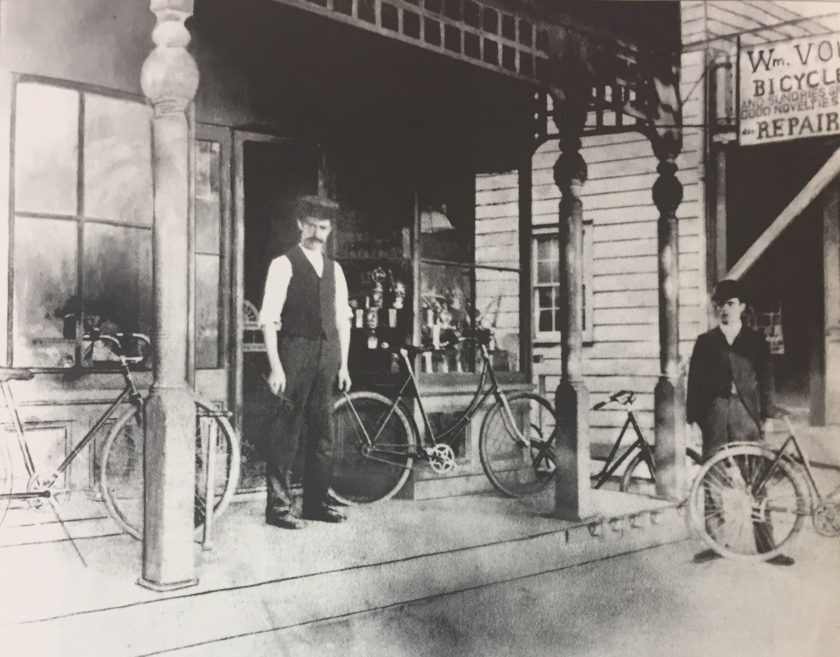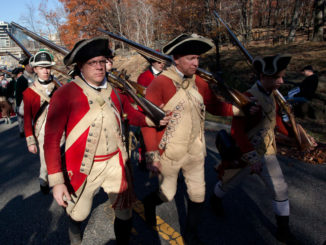

WESTWOOD, N.J.—Years before cars, trucks, and SUVs had joggers fearing for their lives on our suburban streets, bicycles were the scourge of pedestrians in the Pascack Valley. After Westwood broke from Washington Township and formed a municipality 125 years ago, one of the borough’s first ordinances cracked down on those pesky wheelmen.
First, some context: By the mid-1890s America was engulfed in a bicycle craze. The high-wheeler, or pennyfarthing (the 19th century bicycle with the huge front wheel and small back wheel), had been supplanted by the chain-driven “safety bicycle,” which had two wheels of the same size and looked much like our modern bicycle.
No longer limited to adventurous and athletic young men, cycling, now safer and accessible even to people in skirts, became immensely popular among men and women of all ages. “Wheelmen’s clubs” popped up in towns and cities all over America.

Not everyone looked kindly on cyclists, however. The rules governing bicycle riding were strict and varied from place to place. In one town there might be a 5 mph speed limit, while a short distance up the road in the next town it was 3 mph. Bikes were banned on sidewalks, but at the same time, in many areas dirt roads were treacherous for riders. The ticketing of cyclists was easy money for small towns.
An 1894 article in the Brooklyn Standard Union newspaper warned those considering going cycling in “the country,” or Bergen County.
“Bicycle riders visiting Bergen County, New Jersey, where hundreds of them are lured by the good roads, are cautioned to keep strictly in the wagon way, or carry at least $5 with which to secure release when arrested. Bergen County is so cut up into boroughs that these municipalities practically form a series of petty local governments, whose boundaries are a mystery even to the natives. Each borough has a bicycle ordinance and a marshal to enforce it. This official, it is charged, with an eye single to improving the borough’s finances, devotes the idle hours of the Sabbath to guarding the sidewalks from intrusion by the wheelmen,” the paper said.
Westwood was one of 27 boroughs formed in Bergen County in 1894. A bicycle ordinance followed soon afte: It was Westwood’s third ordinance, adopted, Sept. 28, 1894.
The measure took effect on Oct. 10 of that year—125 years ago this week—the ordinance prohibited bicycle riding on any sidewalk in the borough; required the use of a lighted lamp when riding between sunset and sunrise; and required every bicycle to be equipped with a bell, to be rung any time the cyclist was approaching a pedestrian, another rider, or a crossing.
Reckless riding and bicycle racing also were prohibited. Each offense was punishable by a fine of $5—equivalent to approximately $150 today.


